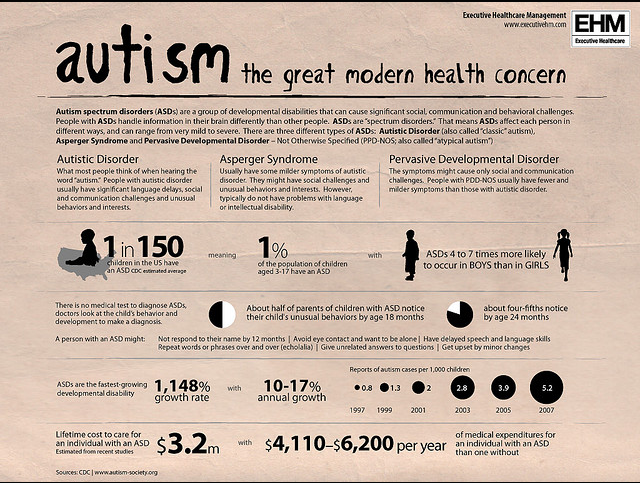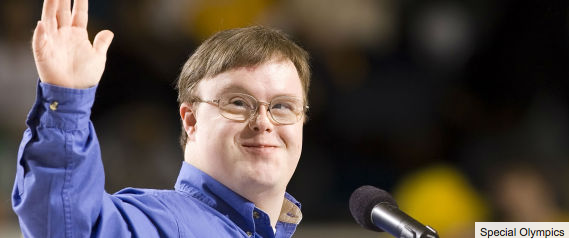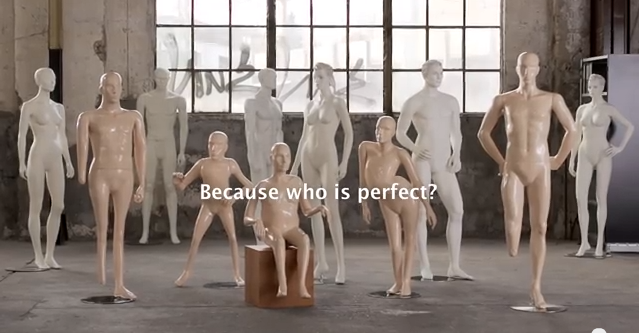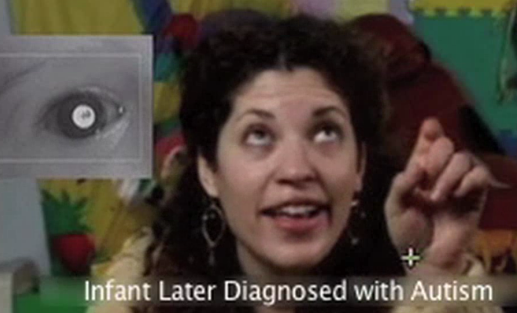Peer mediation can help to resolve an issue constructively with others while also being a tool for a preventative measure for anger management. It is used when trained students lead one another through problems to resolutions. Here are some steps for effective peer mediation:
- Agree on ground rules
- Each individual gets to tell their side/version of the story
- Verify stories
- Discuss stories
- Generate possible solutions
- Discuss solutions
- Select a solution
- Sign a contract
Things to think about if it is working correctly in order to evaluate the process:
- Are the students working through it?
- After the meeting, are students staying accountable for their contracts (adult guidance may be needed)
- After meeting, each party should no longer be discussing issues and matters should be kept private
Peer mediation is a simple process in order to help students help themselves and become more accountable. It is used as a tool in preparing them for adulthood. It is also wisely used at a time when they are more likely to listen to their peers and less interested in what an adult has to say. It is important that they are always supervised however as ultimately they are still children.
Articles Related to ‘Peer Mediation: How It Helps’
Dance Therapy: Helping Individuals Connect
Music Therapy: How Music Can Work to Improve Lives




